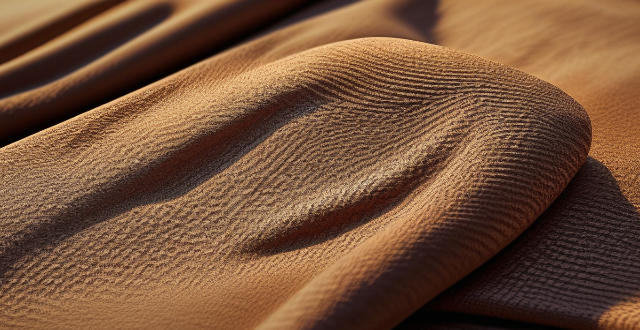The integration of UV-protective fabrics in the design of outdoor sportswear has significantly influenced its functionality and safety. Material selection, garment construction, aesthetics, and durability are key considerations in this process. Designers ensure that these garments offer protection from harmful UV rays while also being comfortable, durable, and visually appealing.

The Influence of UV-Protective Fabrics on the Design of Outdoor Sportswear
Introduction
Outdoor sportswear has evolved significantly over time, not just in terms of performance but also in its functionality. One such advancement is the integration of UV-protective fabrics into the design process. This evolution has led to a shift in how designers approach creating garments for outdoor activities, ensuring that they offer both style and protection from harmful ultraviolet rays.
Key Considerations in Design
1. Material Selection
UV-protective fabrics are chosen based on their ability to absorb or reflect UV radiation. The selection process involves:
- UPF Rating: Fabrics are rated based on their Ultraviolet Protection Factor (UPF), indicating how much UV radiation they can block.
- Breathability: Ensuring comfort during physical activities by allowing sweat to evaporate.
- Durability: Materials must withstand extended exposure to sunlight without degrading.
2. Garment Construction
The construction of the garment plays a crucial role in maximizing UV protection.
- Coverage Area: Designers ensure ample coverage, especially for areas more susceptible to sunburn like the shoulders and arms.
- Seam Placement: Seams are strategically placed to avoid chafing and provide additional layers of protection.
- Ventilation Panels: Incorporating mesh or other breathable materials in specific zones for airflow.
3. Aesthetics and Functionality
Balancing visual appeal with practicality is essential.
- Color Choices: Lighter colors reflect more UV rays, but designers also consider fashion trends.
- Patterns and Prints: Used to enhance visual interest while maintaining protective qualities.
- Accessory Integration: Features like hoods, collars, and cuffs are designed for adjustable protection.
4. Durability and Care
Ensuring the longevity of UV protection requires careful consideration in washing and care instructions.
- Resistance to Fading: High-quality dyes that maintain color and protection after multiple washes.
- Care Labels: Providing clear instructions to preserve the garment's protective properties.
Conclusion
UV-protective fabrics have significantly influenced the design of outdoor sportswear by introducing new dimensions of functionality and safety. By focusing on material innovation, thoughtful construction, and balancing aesthetics with practicality, designers can create garments that not only protect athletes from harmful UV rays but also enhance their overall outdoor experience.